5 Key Steps to creating Behaviour Change

Kym Vercoe, General Manager, Engine Group
03/08/2020
Whether you’re wanting to build brand awareness, drive people to a new website, get them to buy the new 2.0 of your product or be mindful of something, every campaign is about behaviour change. You’re asking people to ‘do’ something – buy this, do this, go there, know this, stop that, and that is all behaviour change.
And the thing is, if your campaign isn’t effecting change in some form or another, it’s defeating the purpose of what advertising is meant to do. So, it’s important to ensure you give yourself the best chance at making change happen.
Know your audience: What motivates change in them?
Truly understanding your target audience and using that information to tailor your messaging is the launch pad for all successful campaigns. Be focused and explicit about who you want to talk to – generally, ‘All people between the ages of 25-54’ isn’t narrow enough to make a meaningful connection.
If you really do want to talk to ‘all women’, then ensure you have sufficient budget to allow different iterations of the message or, through the use of visuals, to allow each audience group to feel like you’re truly talking to them (read our blog on Generational Nuances to understand why this really matters).
Understand their ‘why’ – Ultimately, you’re seeking to connect with both their hearts and their minds because it’s emotions that create habits.
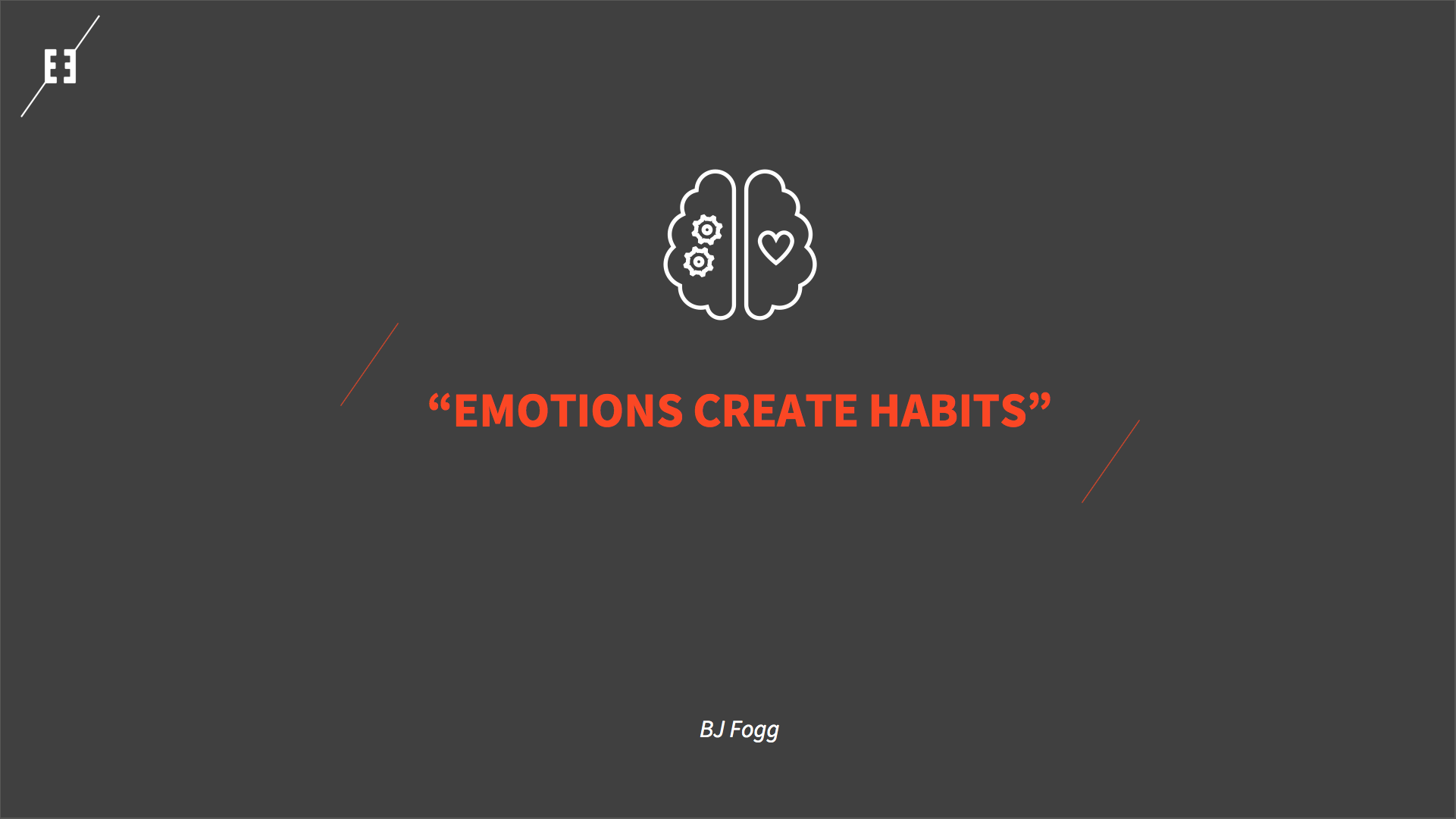
Creating emotional empathy can be far more nuanced and precise than simply making people sad or happy – fear, shock, joy, shame, love, responsibility, anticipation, benevolence are all legitimate motivators and barriers to behaviour change.
And, correctly identifying the ‘why’ enables you to cut through what’s happening elsewhere in their lives and deliver messaging that truly connects and opens the door to sustainable behaviour change.
“People don’t buy what you do, they buy why you do it.”
-Simon Sinek, author and TED Talks alumni.
As well as understanding the consumer’s ‘why’, you need to define your own purpose and your ‘reasons to be believed’. Keep in the forefront of your mind that regardless of the task, be it retail sales, communicating internally or sharing information from a government department, in essence it is all selling and your audience is being asked to buy into something – even if it’s not a physical product, they’re buying into your messaging. So, it’s vital that your purpose is believable and credible as this gives them something tangible to connect with.
These ‘reasons to be believed’ are the foundations on which your communications should be built. They allow the audience to connect with your style, your tone and your messages so you’re no longer a stranger, but someone they trust. And once you have trust, then you can effect change.
Emotion is the key driver in almost all the decisions we make – you need to connect with your audience through benefit-based communications and give them an answer to the ‘What’s in it for me?’ (WIIFM) question because, as Roger Dooley from Brainfluence states, “95% of our decision-making is not affected by conscious rational thinking… it’s motivated largely by our emotions and our ability to trust.”
5 Key Steps to elicit behaviour change
1. Insights
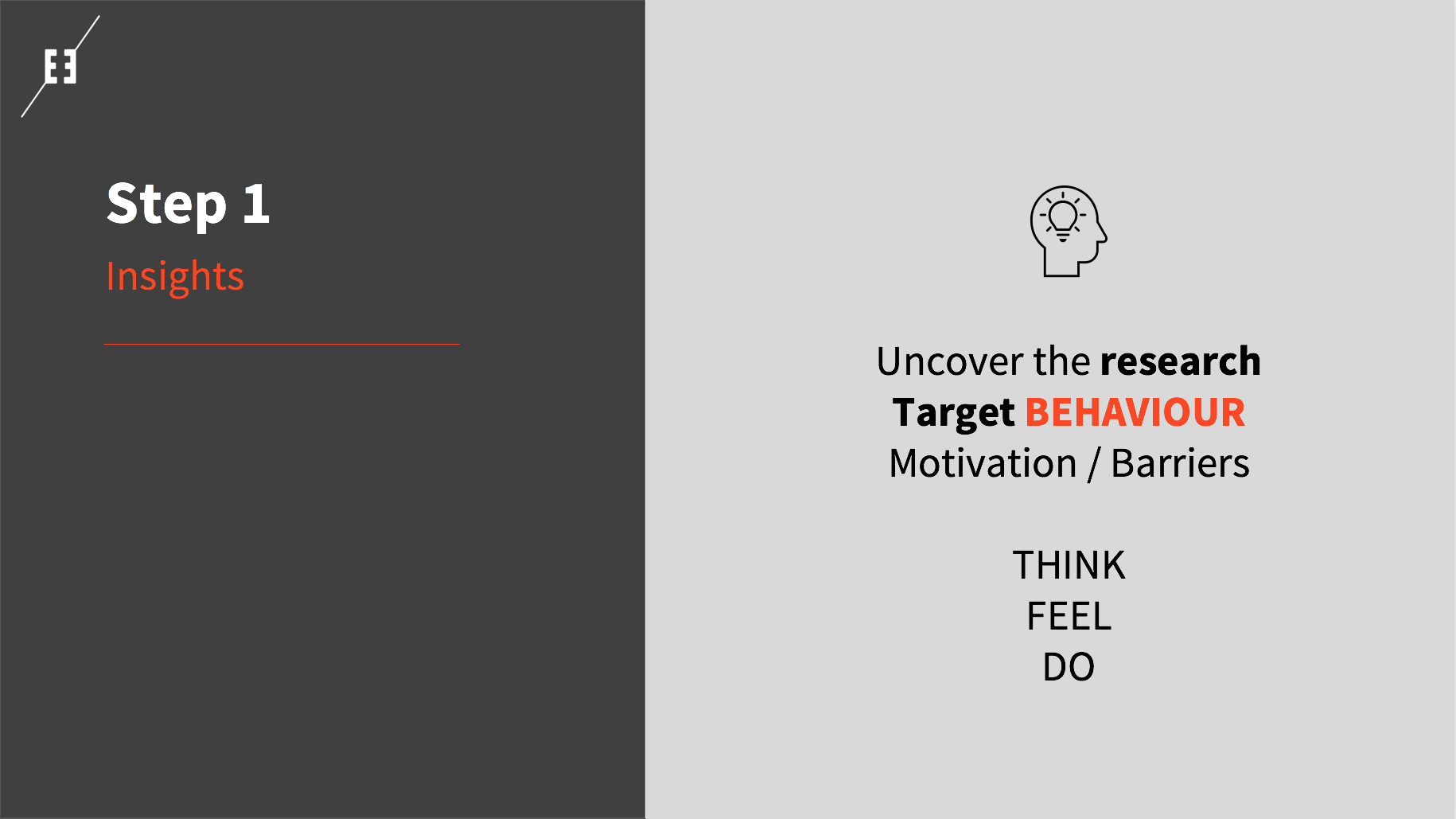
Mine the research for as many insights as you can. Find out about the target audience – what motivates them, what barriers are holding them back from believing you or doing what you want them to do.
Decide what behaviours you specifically want to target – and not just the behaviour but how often? Do you want to encourage repetition, for example ‘give blood – every month’, or are you trying to elicit a one-off response? How do you want the audience to think and feel about you as a result of the communication? And put all of that into your brief to your agency.
2. Strategic analysis
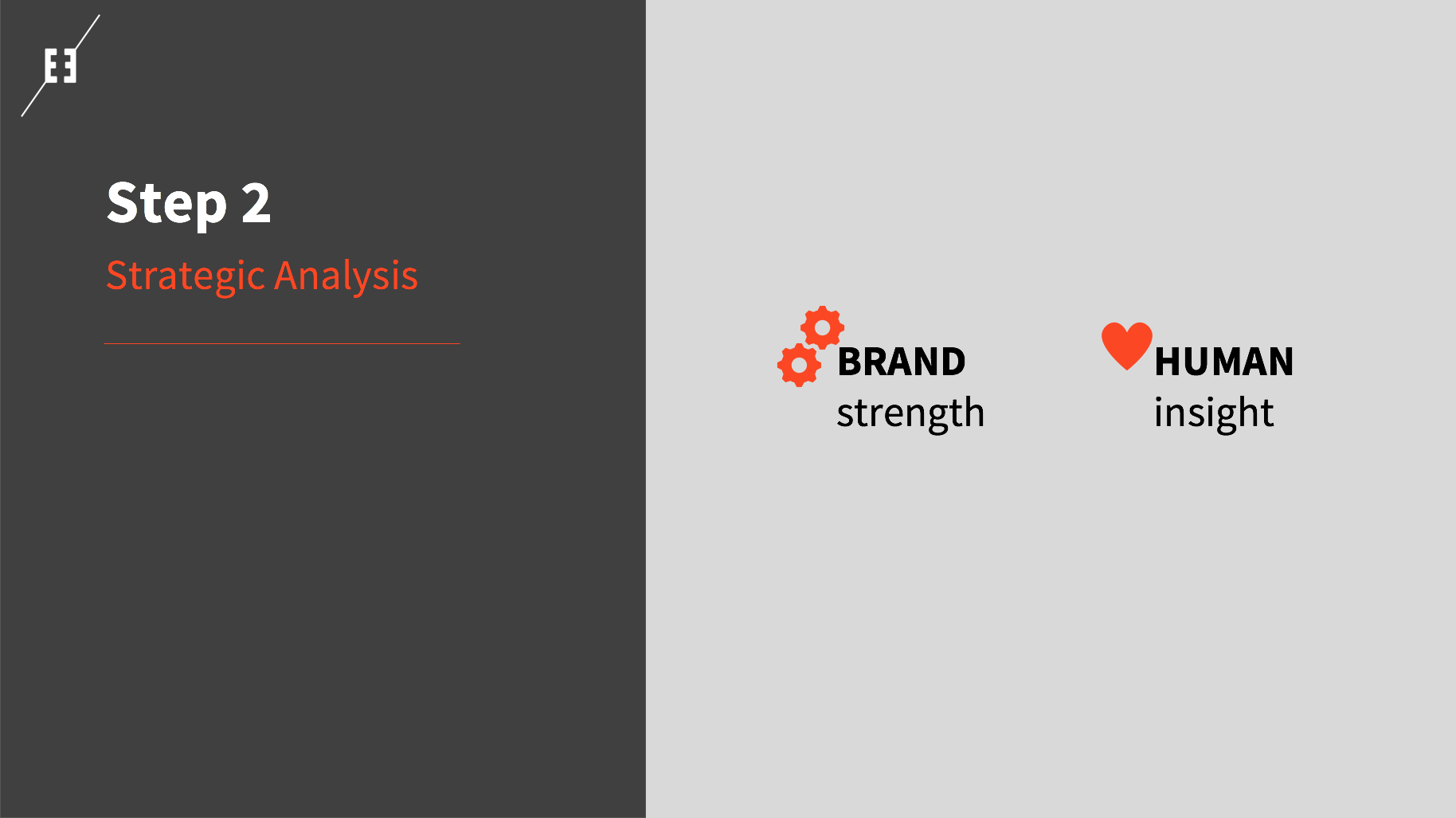
What strengths does your brand possess that can be leveraged to connect with the audience? What is the most compelling human insight we know about the target audience that will allow you to show empathy? Combining all this information will allow you to uncover the right kind of messaging that will be meaningful and engaging enough for the audience to act.
If you don’t already know these things, work with your agency to help you to uncover them – we have great techniques to help you deep dive into this sort of analysis.
3. Be single-minded
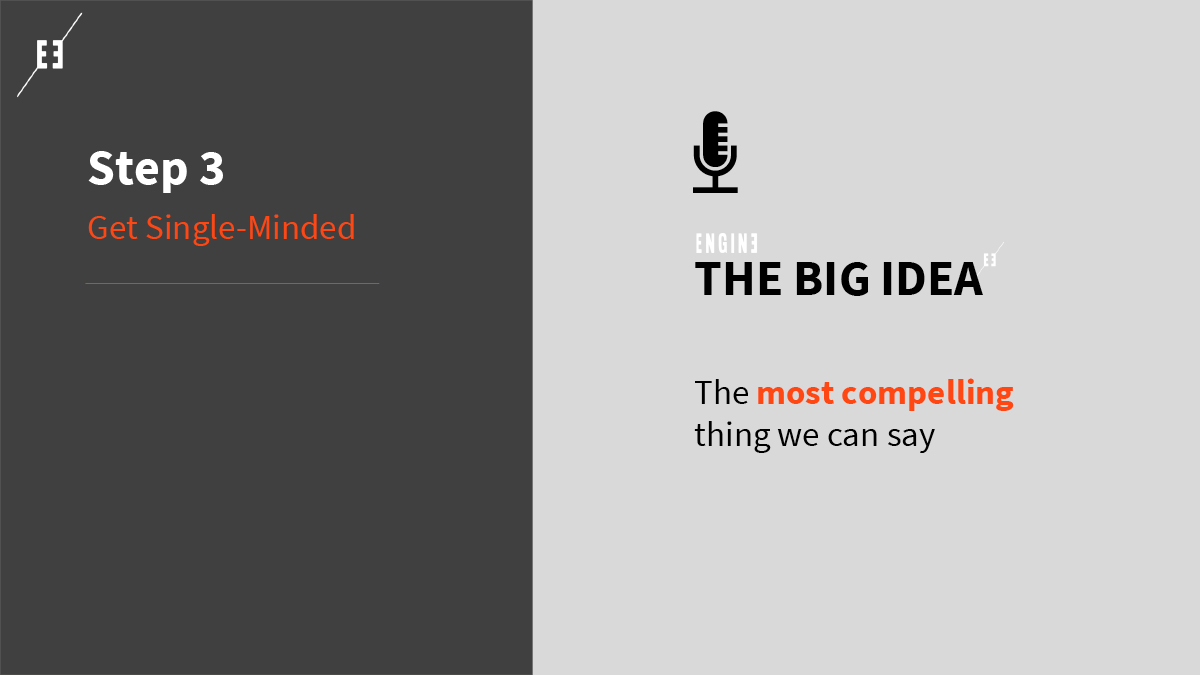
This is a very important point, and one that often gets forgotten in the desire to tell everyone how great you are. If you ask your audience to remember five facts, chances are they won’t remember any. If you tell them to do six things, they’ll end up doing none or won’t connect sufficiently to form a habit. So, be disciplined here and be very single-minded about what you want them to do.
This is where you need to trust your agency and work with them to formulate a really compelling message that will engage the target audience to act.
4. Connection
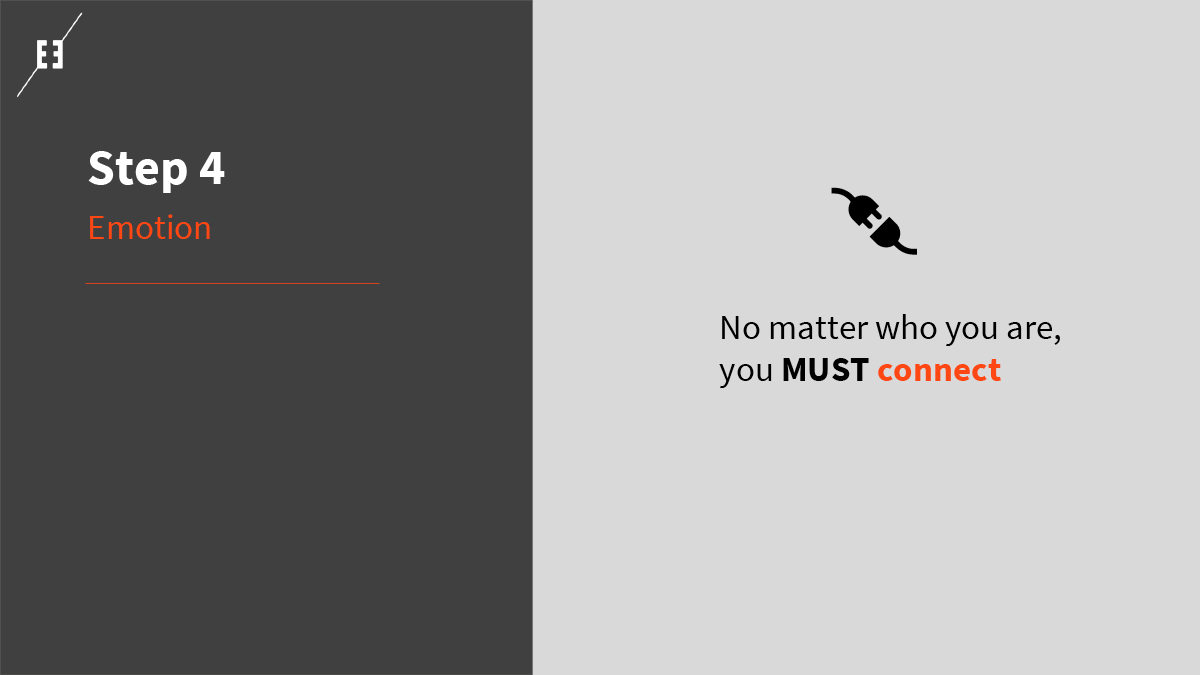
No matter who you are, where you work or what the desired outcome is, you’re trying to connect. And whilst you can connect rationally, to truly motivate the audience to act you also need the emotional spur of the WIIFM motivator. So, your goal is to find a way to get into their minds and their hearts.
5. Touch points
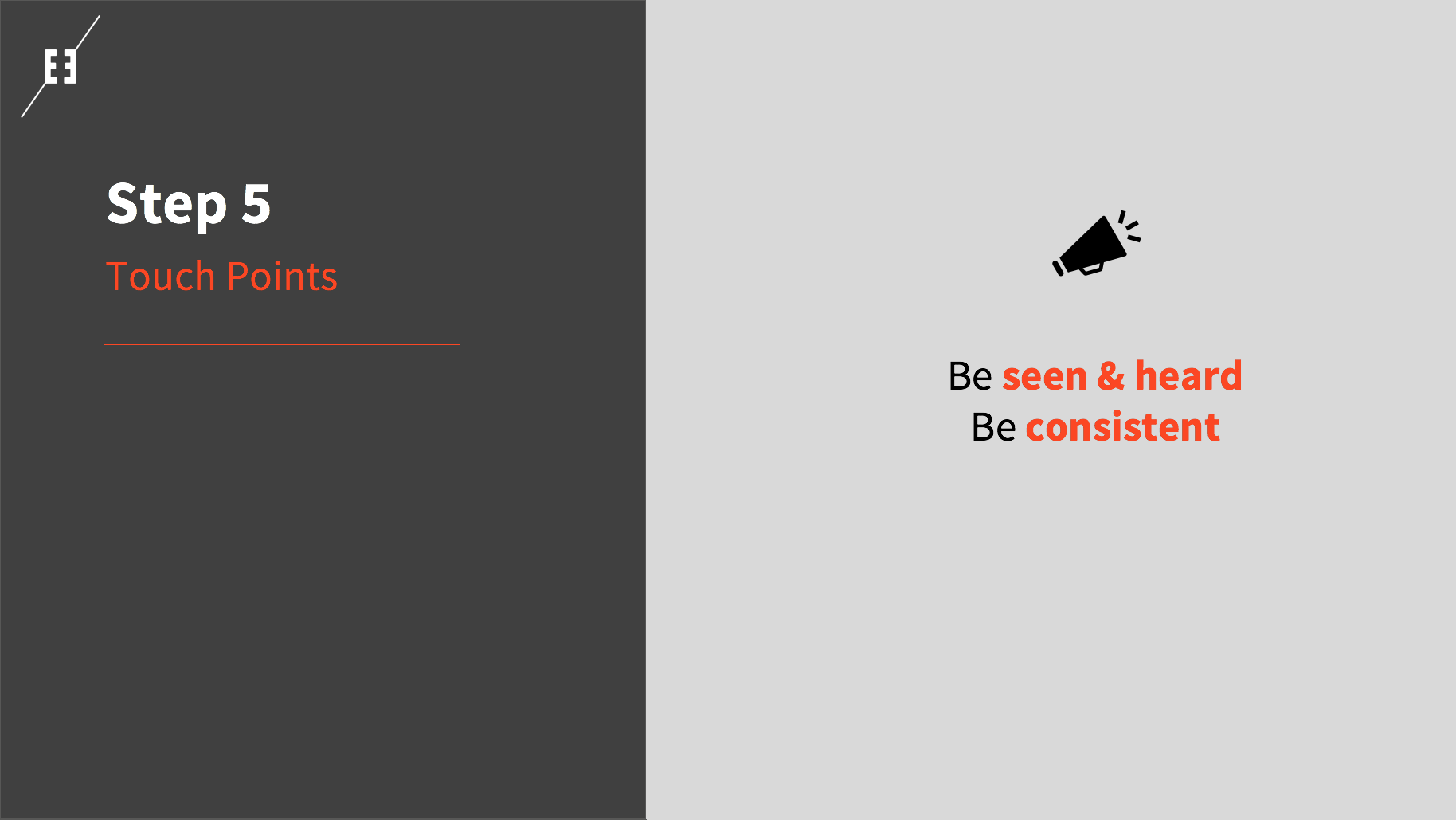
The ‘Rule of 7’ states you need your message to be seen and heard up to seven times before the audience will connect and be motivated to act.
With that in mind, it’s important to ensure you have allocated sufficient budget and have thought about the number of channels your message will need to be seen across to ensure it permeates into their consciousness.
They have a lot going on in their lives, so you need to deliver cut through while also remaining consistent with your message in order for them to engage and believe what you’re telling them. Being consistent doesn’t mean being predictable or allowing message fatigue to set in – but the consistency of your intent and allowing the message to be repeated sufficiently at a time when they are both motivated and able to act is key.
The science
Fundamentally, the most successful campaigns are ones that apply techniques of behavioural psychology. At Engine we make use of models such as TTM staging to assist our thinking from time to time, but our preferred model is based on similar ones to the BJ Fogg Method. – the BMAP model.
The idea is to positively effect a particular behaviour by:
- Making it convenient by removing barriers (creating 3 easy steps for the customer to follow for example)
- Encouraging them to make commitments to adopt this new behaviour
- Making it a social norm so they feel they should do the same as their peers.
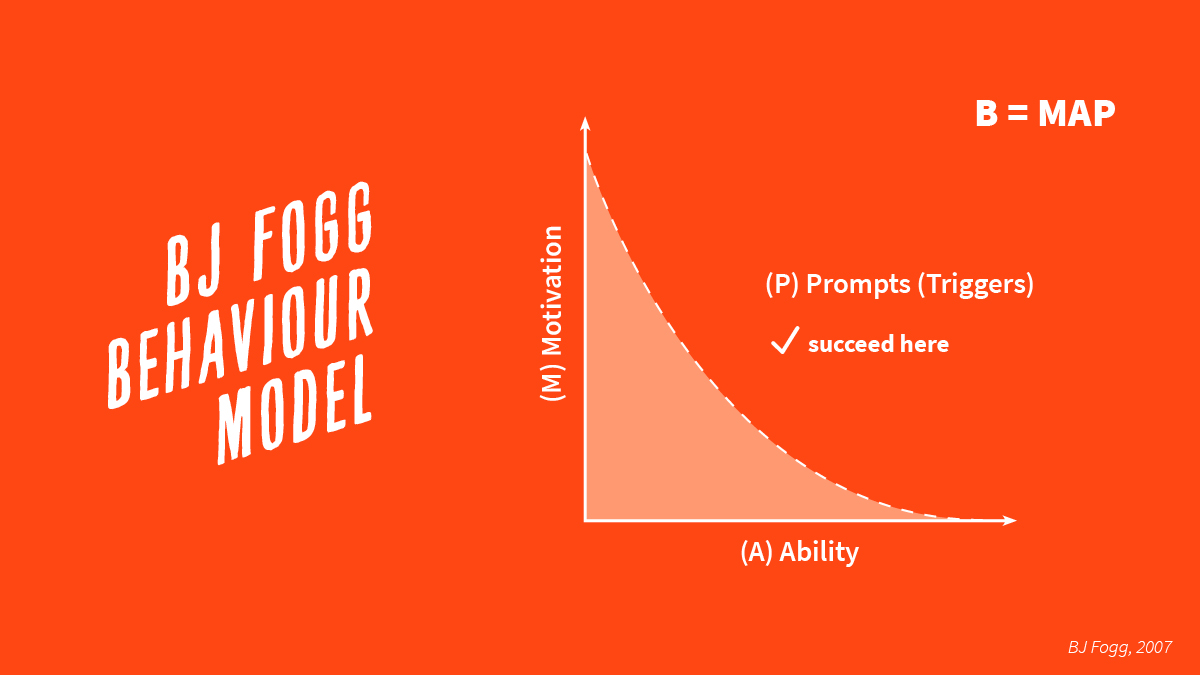
In short, what Fogg suggests is that “Behavior (B) happens when Motivation (M), Ability (A), and a Prompt (P) come together at the same moment.” In other words, you need to find the balance between the audience being sufficiently motivated and them having enough ability to do what you’re asking in order to trigger action. By using a range of different prompts, you can either up the ante on their motivation or their ability (how easy it is) to ensure success.
Your agency’s role is to identify and create the right prompts to ensure the communication is effective and it’s made actionable (do this now). Of course, those prompts will differ depending on whether it’s a single time or permanent change that’s desired.
Repetition of the intent is your friend
According to noted consumer psychologist and founder of THINKERBELL Adam Ferrier, “If you influence action, you influence perception.” And that’s when behaviour change happens. But, in general, it doesn’t happen overnight, so consistency of message is vital if you’re going to give the audience the time they need to get the behaviour into their habits.
Because ultimately, it’s about the effect. The work needs to be creatively engaging so it’s memorable and connects (and of course, that’s where Engine shines and would be delighted to help) but it must work.
Creating behaviour change in a nutshell
Connect – know what triggers will motivate change
Believe – give your audience a reason to change
Ease – make it easy for them to change
Behaviour change is notoriously difficult to influence and no one approach guarantees success. But if you can connect and get an emotional response, then you’re on your way to achieving the results you’re looking for.
To elicit change in consumer behaviour the work must be single-minded, motivating and easy to achieve. It has to be relevant to the audience and the time, it must attract attention in an ever more cluttered world and be inspiring enough to form a connection.
Put simply – uncover the motivators, activate relevant prompts, tell them what to do and repeat. And repeat. And repeat.
Click here to watch our webinar on this topic.
At Engine, we help our clients achieve their goals through lots of collaboration, drawing on the research, mining it for insights and a whole lot of clever back-end thinking to create serious positive change.
